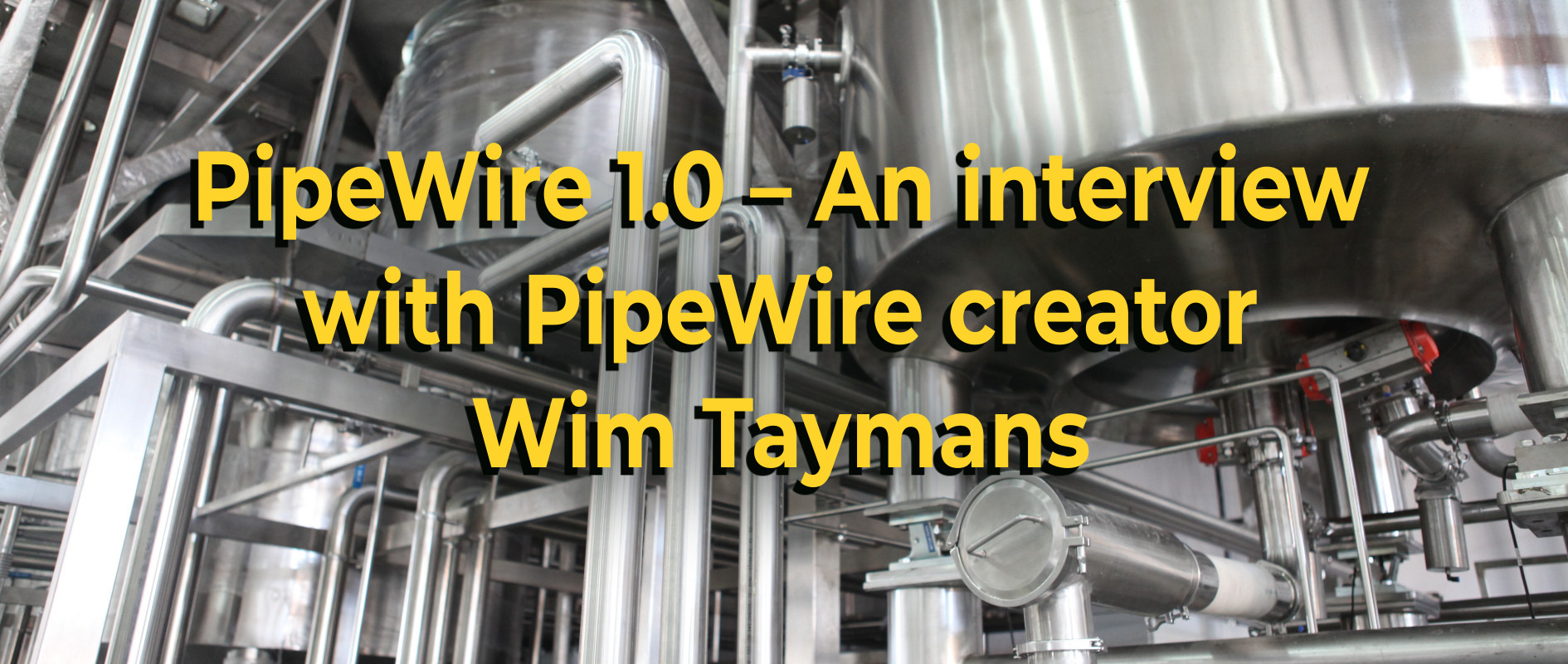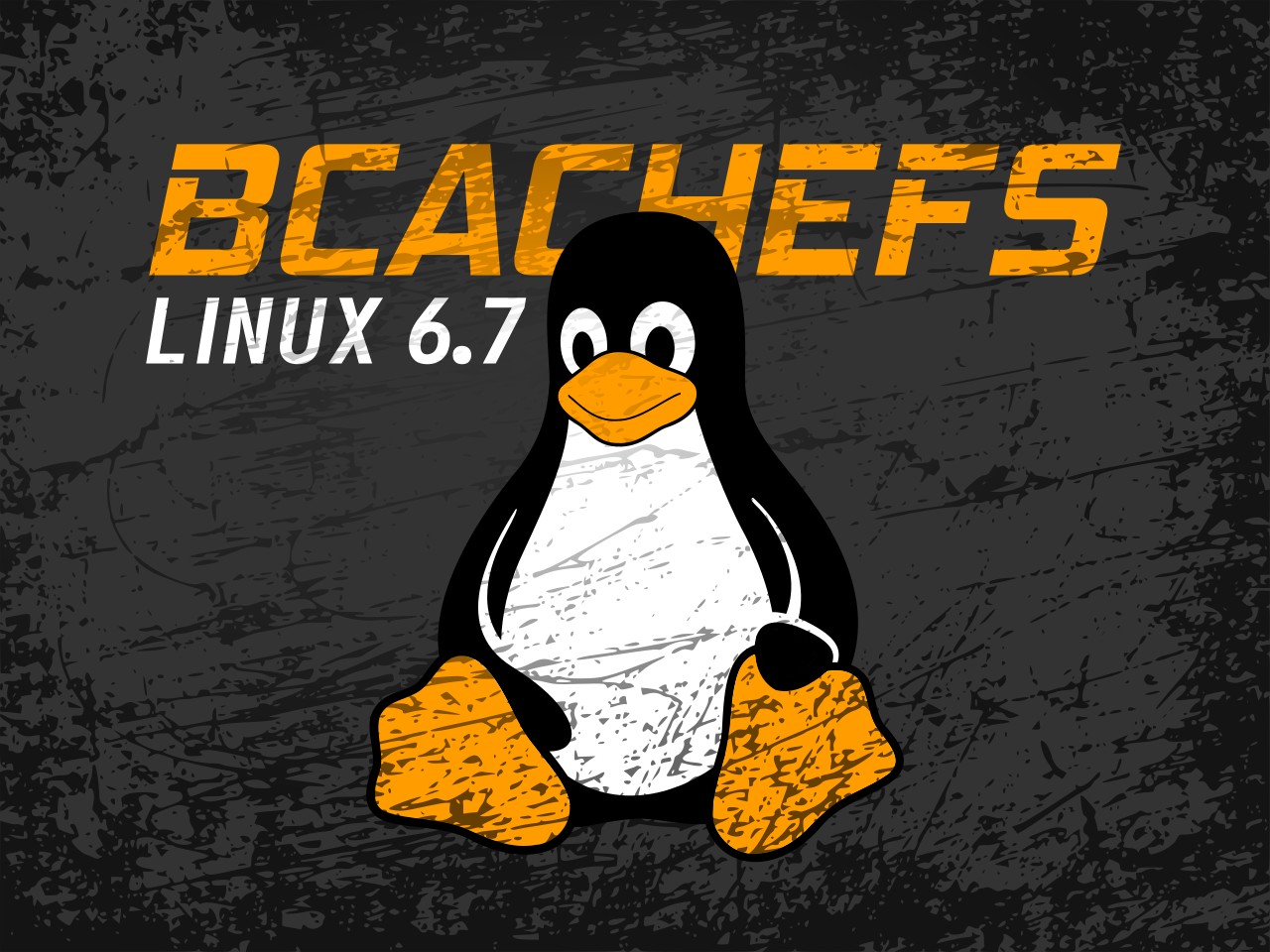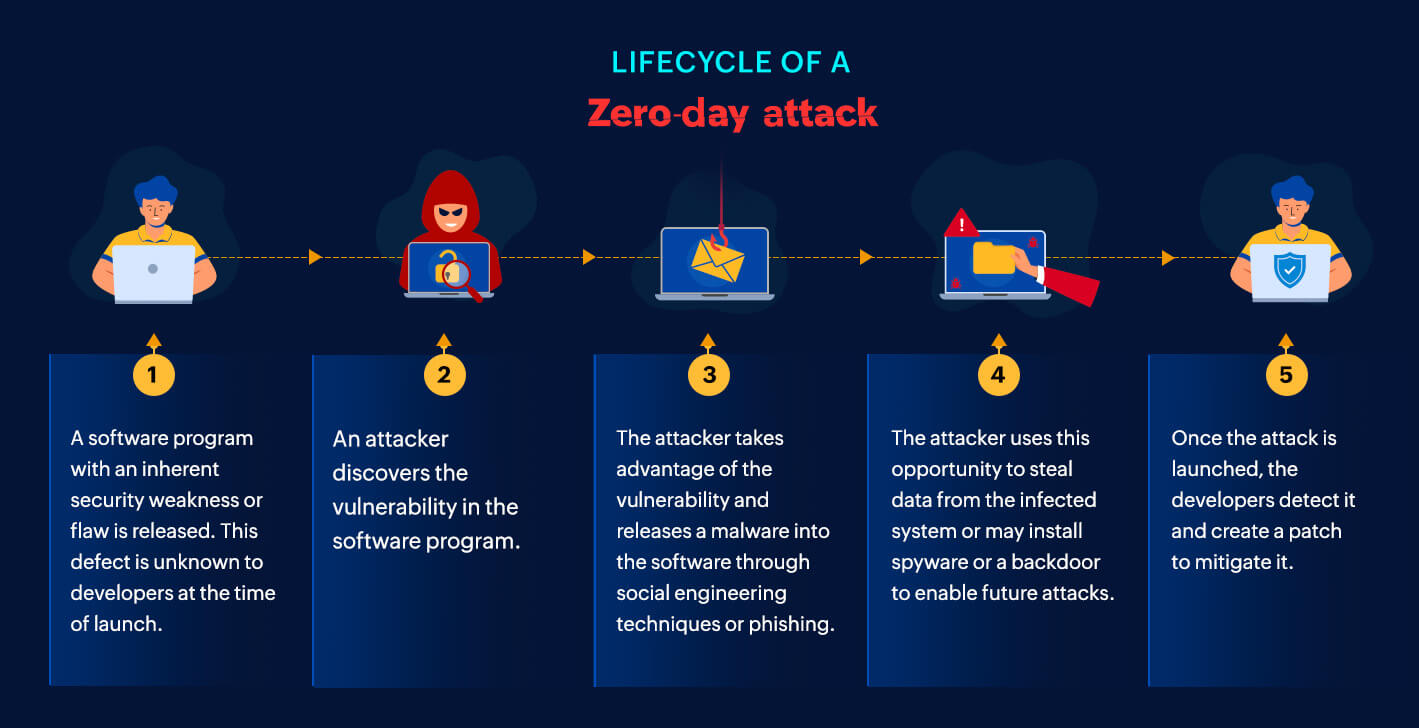
Embracing the Audio Revolution: PipeWire 1.0
As a dedicated audio enthusiast, I vividly recall the struggles that once plagued serious audio users within the Linux community. The cumbersome nature of working with audio on Linux was a well-known challenge, particularly for musicians and audio engineers. However, with the long-awaited arrival of PipeWire 1.0, a transformative shift has taken place.
The inception of PipeWire 1.0 marks a significant milestone after 15 years of meticulous development. This innovative audio/video software streaming bus has effectively addressed the longstanding issues that stemmed from the coexistence of Advanced Linux Sound Architecture (ALSA), PulseAudio, and JACK Audio Connection Kit (JACK) within the Linux ecosystem.
The Evolution of Audio on Linux
In the past, Linux users grappled with the complexities of ALSA, PulseAudio, and JACK, each offering distinct functionalities and catering to different user groups. While ALSA served as a fundamental component for Linux audio operations, PulseAudio was tailored towards consumer applications such as YouTube Music and Spotify. On the other hand, JACK emerged as a crucial tool for professionals in the music and audio engineering domains.
The beauty of PipeWire lies in its versatility, bridging the gap between everyday users seeking seamless audio experiences and professionals engaging in intricate audio production tasks. Initially designed for video stream sharing, PipeWire’s adaptability became evident with the rise of Flatpak and Wayland, propelling it to a pivotal role in harmonizing the functionalities of PulseAudio and JACK.
The Unifying Power of PipeWire
Contrary to merely supplanting existing tools, PipeWire operates as a unifying force, as emphasized by Wim Taymans, the visionary mind behind this groundbreaking technology. Taymans’ vision underscores the importance of maintaining compatibility with established APIs while leveraging PipeWire’s capabilities to enhance audio streaming experiences.
Today, PipeWire stands as a conduit connecting applications and devices, offering a universal platform for establishing media streams with unparalleled flexibility. Its seamless integration with various Linux distributions such as Fedora Linux, Pop! OS, Ubuntu, and openSUSE underscores its growing prominence within the Linux community.
Harnessing the Potential of PipeWire
To facilitate the adoption of PipeWire, Collabora, a renowned Linux and open-source consultancy, provides WirePlumber as a session manager, empowering users to optimize their media pipelines effectively. For in-depth insights on maximizing PipeWire’s functionalities, platforms like LinuxMusicians and the LinuxAudio Reddit forum serve as invaluable resources for enthusiasts and professionals alike.
In conclusion, PipeWire’s ascendancy as the default audio server for modern Linux distributions heralds a new era of audio innovation and accessibility. With its seamless integration, unparalleled versatility, and unwavering commitment to compatibility, PipeWire paves the way for a harmonious audio landscape within the realm of Linux.
Embrace the Future with PipeWire
Join me in embracing the transformative power of PipeWire as we embark on a journey towards a more cohesive and dynamic audio experience on Linux.















